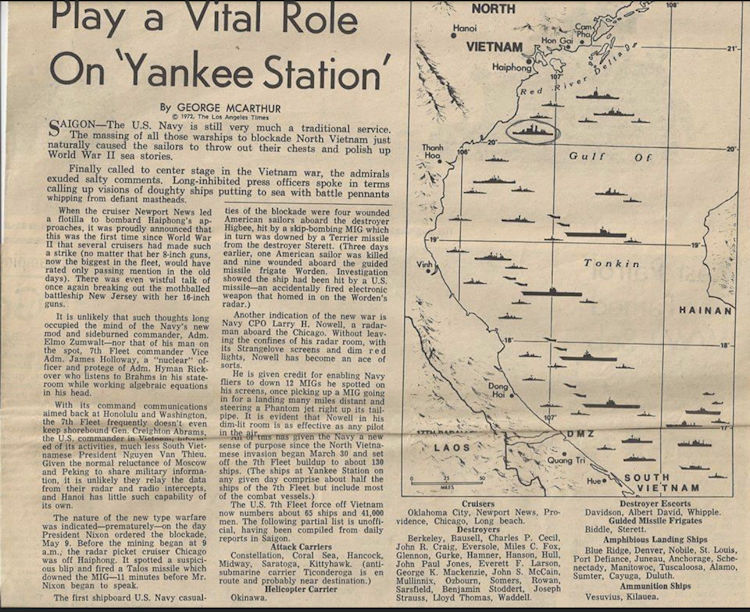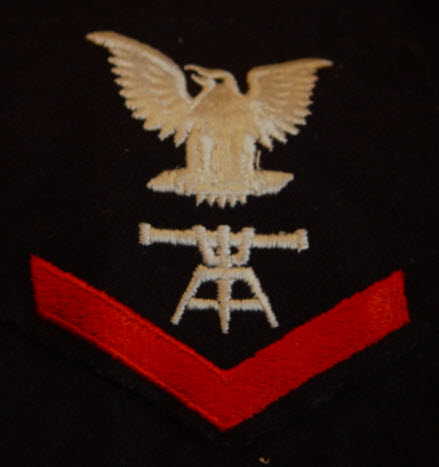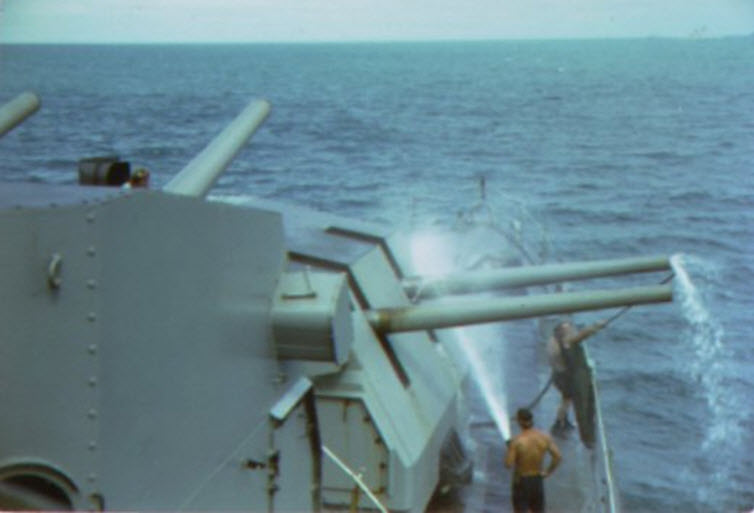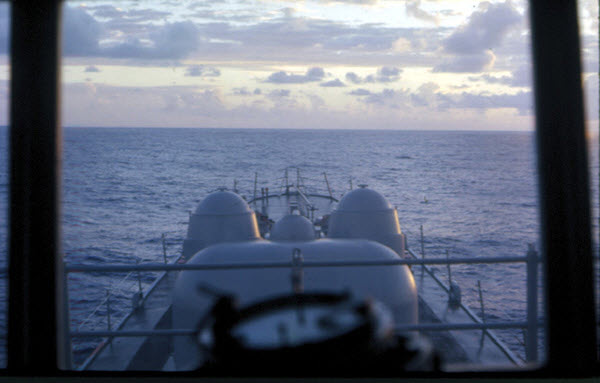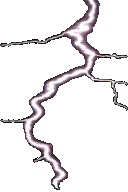 GUNLINE Vietnam 1972 - Page 7
GUNLINE Vietnam 1972 - Page 7 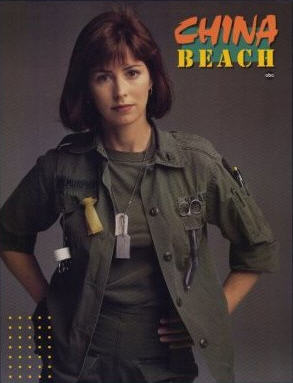
 GUNLINE Vietnam 1972 - Page 7
GUNLINE Vietnam 1972 - Page 7 
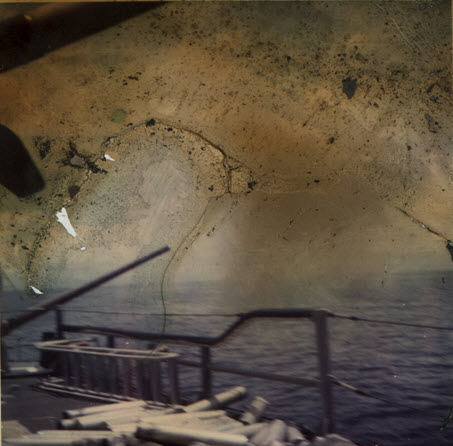
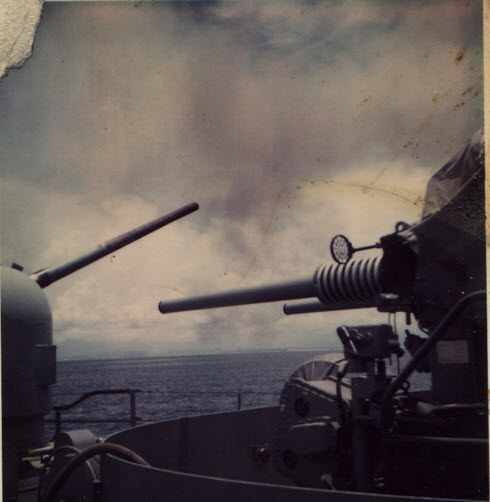
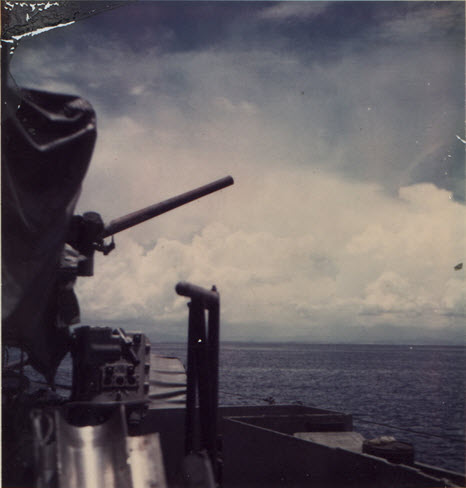
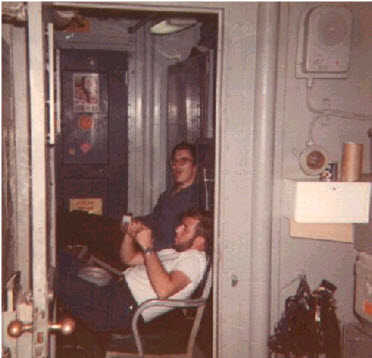
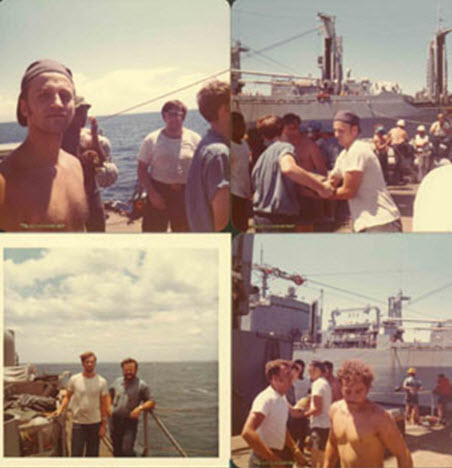
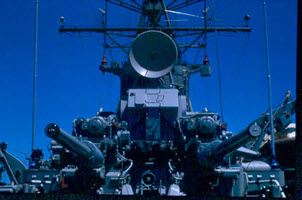
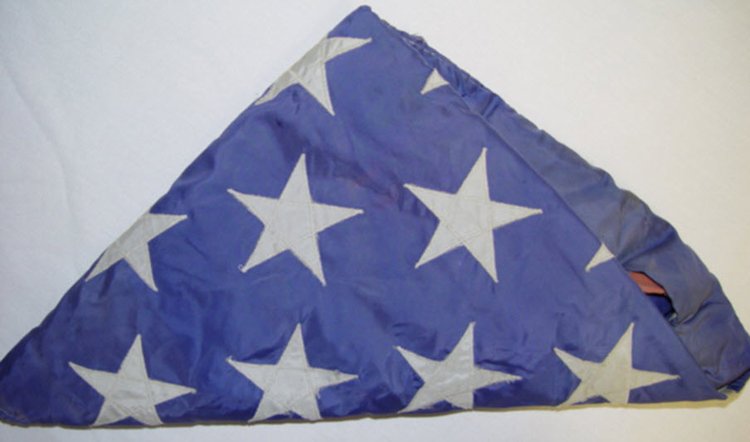
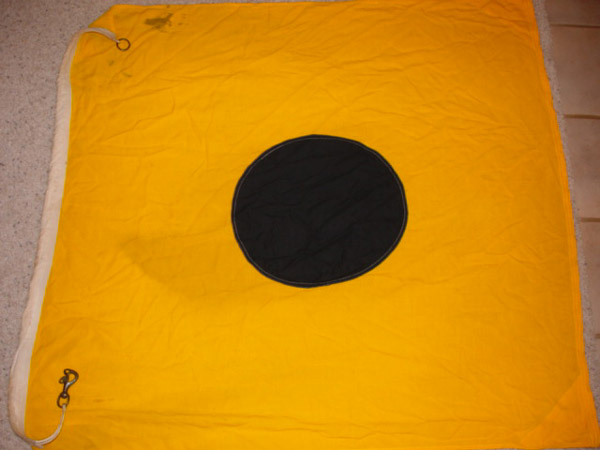
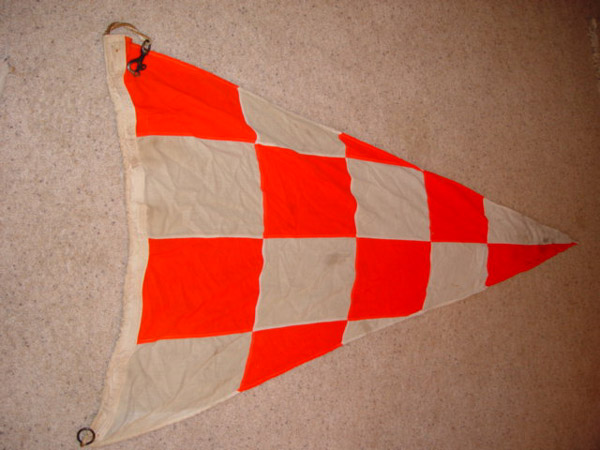
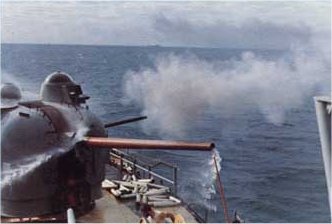  | The Los Angeles TimesRadar, Electronics Play a Vital Role on ‘Yankee Station’1972 (exact date unknown)By GEORGE MCARTHUR |
| SAIGON – The U.S. Navy is still very much a traditional service. The massing of all those warships to blockade North Vietnam just naturally caused the sailors to throw out their chests and polish up World War II sea stories.
Finally called to center stage in the Vietnam War, the admirals exuded salty comments. Long-inhibited press officers spoke in terms calling up visions of doughty ships putting to sea with battle pennants whipping from defiant mastheads. When the cruiser Newport News led a flotilla to bombard Haiphong’s approaches, it was proudly announced that this was the first time since World War II that several cruisers had made such a strike (no matter that her 8-inch guns, now the biggest in the fleet, would have rated on passing mention in the old days). There was even wistful talk of once again breaking out the mothballed battleship New Jersey with her 16-inch guns. It is unlikely that such thoughts long occupied the mind of the Navy' new mod and sideburned commander, Adm. Elmo Zumwalt – nor that of his man on the spot, 7th Fleet commander Vice Adm. James Holloway, a ‘nuclear’ officer and protégé of Adm. Hyman Rickover who listens to Brahms in his stateroom while working algebraic equations in his head. With its command communications aimed back at Honolulu and Washington, the 7th Fleet frequently doesn’t even keep shore bound Gen. Creighton Abrams, the U.S. commander in Vietnam, informed of its activities, much less South Vietnamese President Nguyen Van Thieu. Given the normal reluctance of Moscow and Peking to share military information, it is unlikely they relay the data from their radar and radio intercepts, and Hanoi has little such capability of its own. The nature of the new type warfare was indicated – prematurely – on the day President Nixon ordered the blockade, May 9. Before the mining began at 9 a.m.; the radar picket cruiser Chicago was off Haiphong. It spotted a suspicious blip and fired a Talos missile, which downed the MIG – 11 minutes before Mr. Nixon began to speak. The first shipboard U.S. Navy casualties of the blockade were four wounded American sailors aboard the destroyer Higbee, hit by a skip-bombing MIG, which in turn was downed by a Terrier missile from the destroyer Sterett. (Three days earlier, one American sailor was killed and nine wounded aboard the guided missile frigate Worden. Investigation showed the ship had been hit by an U.S. missile – an accidentally fired electronic weapon that homed in on the Worden’s radar.) Another indication of the new war is Navy CPO Larry H. Nowell, a radar-man aboard the Chicago. Without leaving the confines of his radar room, with its Strangelove screens and dim red lights, Nowell has become an ace of sorts. He is given credit for enabling Navy fliers to down 12 MIGs he spotted on his screens, once picking up a MIG going in for a landing many miles distant and steering a Phantom jet right up its tailpipe. It is evident that Nowell in his dim-lit room is as effective as any pilot in the air. All of this has given the Navy a new sense of purpose since the North Vietnamese invasion began March 30 and set off the 7th Fleet buildup to about 130 ships. (The ships at Yankee Station on any given day comprise about half the ships of the 7th Fleet but include most of the combat vessels.) The U.S. 7th Fleet forces off Vietnam now numbers about 65 ships and 41,000 men. The following partial list is unofficial, having been compiled from daily reports in Saigon. Constellation, Coral Sea, Hancock, Midway, Saratoga, Kittyhawk. (Anti-submarine carrier Ticonderoga is enroute and probably near destination.) Okinawa Oklahoma City, Newport News, Providence, Chicago, Long Beach Berkeley, Bausell, Charles P. Cecil, John R. Craig, Eversole, Miles C. Fox, Glennon, Gurke, Hamner, Hanson, Hull, John Paul Jones, Everett F. Larson, George K. Mackenzie, John S. McCain, Mullinnix, Ozbourn, Somers, Rowan, Sarsfield, Benjamin Stoddert, Joseph Strauss, Lloyd Thomas, Waddell. Davidson, Albert David, Whipple Biddle, Sterett Blue Ridge, Denver, Nobile, St. Louis, Port Defiance, Juneau, Anchorage, Schenectady, Manitowoc, Tuscaloosa, Alamo, Sumter, Cayuga, Duluth. Vesuvius, Kilauea |
